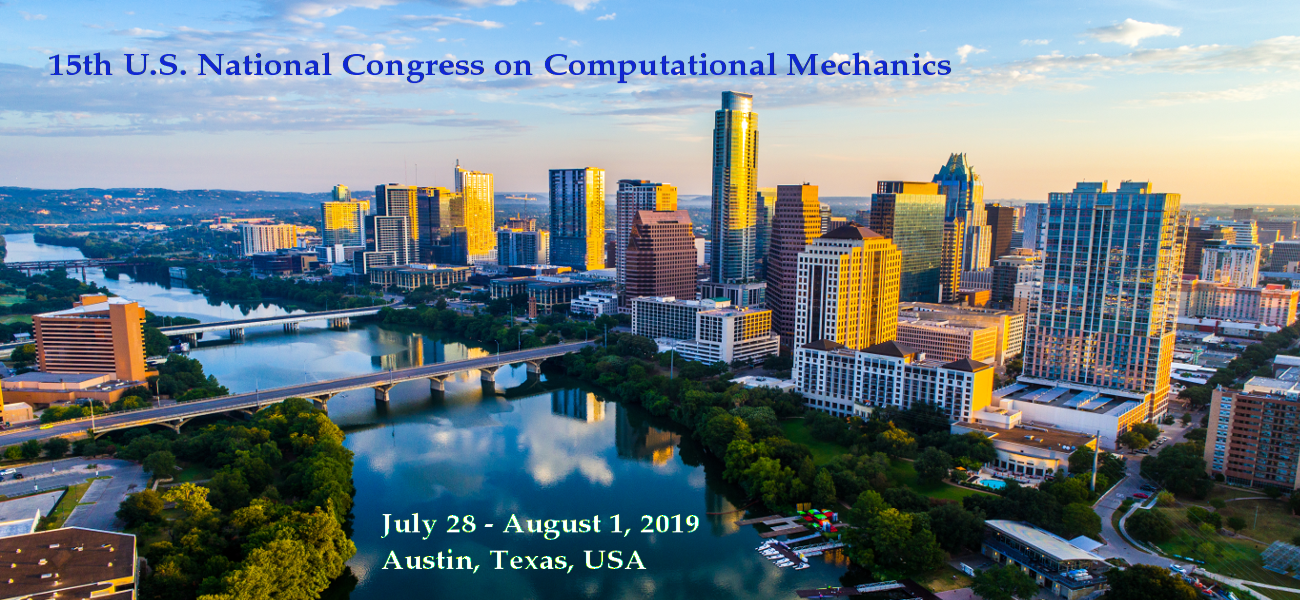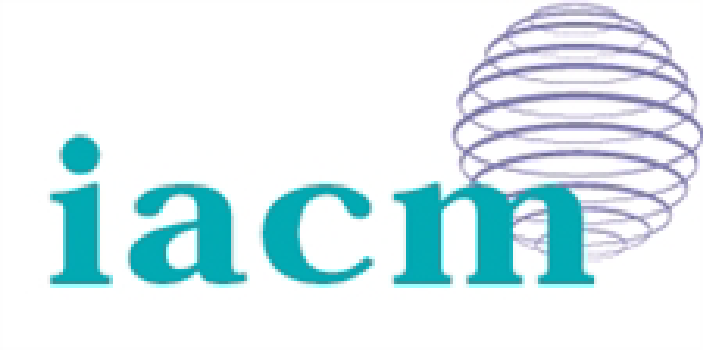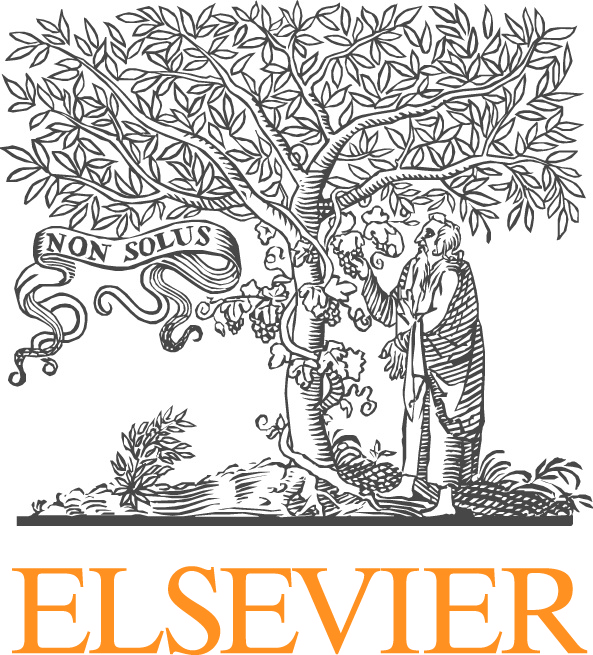Pinar Acar, Virginia Tech
Materials-by-design has been garnering a considerable interest due to the increasing needs for high-performance materials in electronics, energy, and structural applications, where there is a continuous need to reduce material utilization for reduced process cost, fuel consumption, and higher mobility. Instead of the "make and break" approach for materials design, we are moving towards a new era of computational design under the Integrated Computational Materials Engineering (ICME) paradigm. This paradigm leads to the coupling of engineering finite element (FE) techniques with microstructural models to compute the evolution of the microstructure during deformation. In case of polycrystalline materials, the computational design techniques focus on tailoring the properties of the material (e.g., Ti, Al used in structural panels) which leads to the tailoring of the preferred orientations of various crystals constituting the polycrystalline material. However, the computational design of polycrystalline materials has been typically addressed as a deterministic optimization problem in which features such as volume fractions of various phases are controlled to achieve the desired property. Here, several issues arise with the deterministic design models since the stochastic nature of the microstructures causes deviations in material properties from the design point, and it alters the performance of the critical components.
This minisymposium is devoted to discuss recent advances in computational design of polycrystalline materials under uncertainties, with special emphasis on multi-scale design across different length scales by considering the effects of aleatoric (experimental or processing) and epistemic (algorithmic) uncertainties. Although the main focus is on the numerical techniques for design under uncertainty, the experimental/computational studies concentrating on the effects of manufacturing (i. e. the effects of processing parameter uncertainties) to the volume-averaged material properties are also considered to be relevant with the content.
Typical topics of interest for the minisymposium are listed below:
1) Stochastic homogenization techniques including modifications on the current-state-of-the-art finite element models, Fourier transformation techniques, one or multi-point probability descriptors
2) Computational algorithms for inverse design problems – developing computational design solutions to find microstructure designs for the prescribed material property distributions.
3) Computational/analytical techniques for uncertainty quantification and uncertainty propagation (modeling the propagation of the uncertainties across different length scales), understanding the effects of the uncertainties in multi-scale materials design.
4) Computational modeling of the aleatoric (processing/experimental) and epistemic (algorithmic) uncertainties to understand their effects on the materials design.
5) Machine learning and data mining techniques to be applied for the uncertainty quantification, sensitivity analysis, and stochastic design of polycrystalline materials.
6) Numerical optimization algorithms for inverse stochastic design problems of polycrystalline materials.
7) Multi-objective, multi-physics, and multi-disciplinary optimization for computational design of polycrystalline materials.







